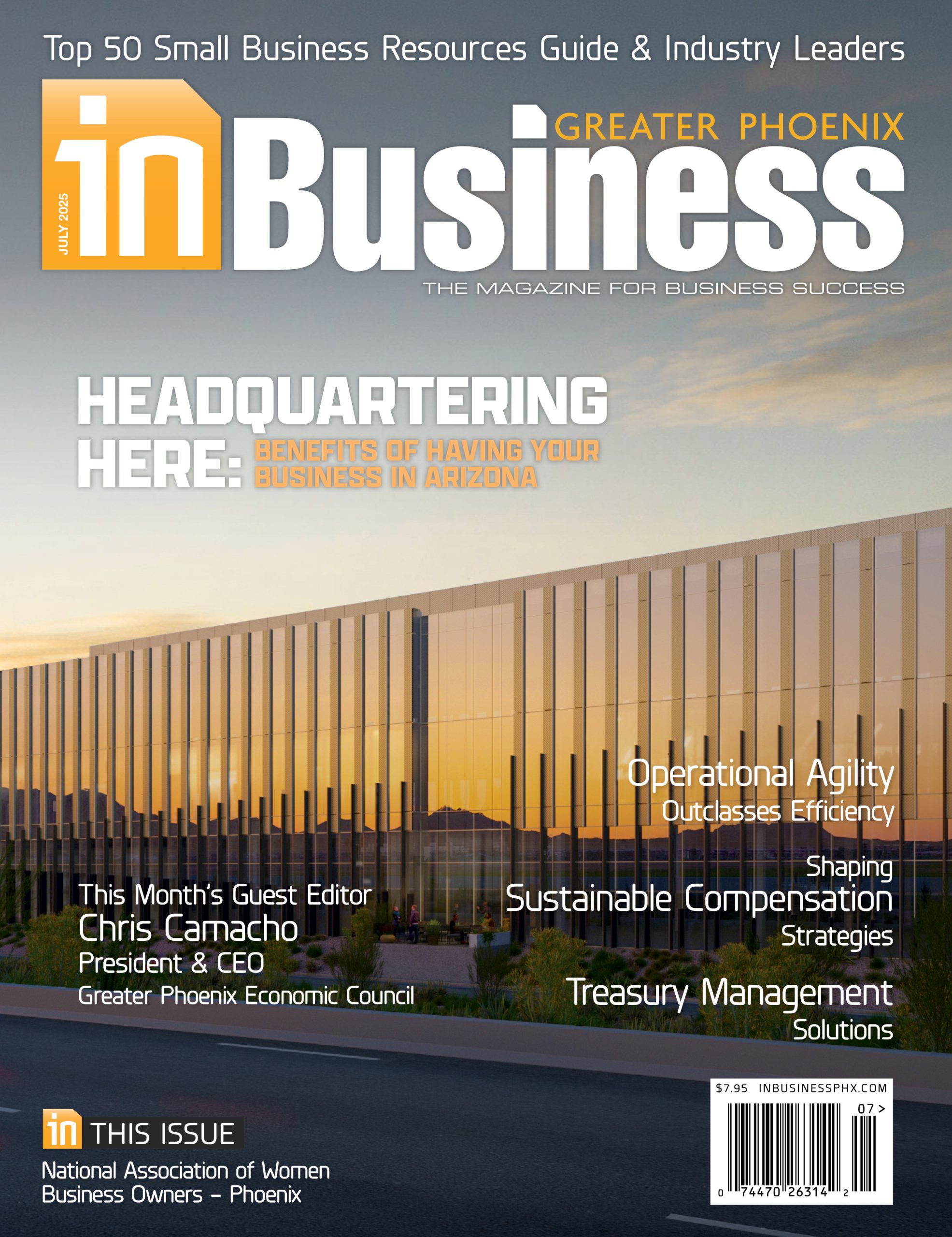Earlier this year, President Trump announced a plan to enact tariffs “on nearly every country on Earth.” Although tariff negotiations continue, they will soon be enacted in the U.S. on products made in most other countries. The first question many in corporate leadership ponder is whether sales taxes are due on the amount a tariff adds to a product or the component cost. That question arises because tariffs result from Federal laws, whereas sales taxes are established from state or local legislation.
According to William Flick, a thought leader in sales tax policy and process, and a Managing Partner at EisnerAmper Advisory Services, “Although tariffs are a federal initiative, business entities in the United States, importing the products actually pays the tariff, not the foreign exporter. Because businesses are located in or have nexus in states, their sales tax liability is based on the entire cost of the product purchased, including the tariff, shipping, insurance and more. Therefore, the tariff responsibility and the sales tax responsibility are separate, even though they relate to when the tariff becomes part of the calculation of the gross amount of the price of a product or service, on which most sales tax calculations are based.”
Beyond adding to product cost, tariffs can also have an influence on sales taxes and sales tax nexus qualifications, which can affect several other business decisions made by companies. Says Flick, “Although from a Federal perspective it may seem as if “we’re all in the same boat” regarding tariffs adding to cost, it is important to also consider the sales tax implications that ‘tariffs plus sales taxes can bring to corporate decision-making.” Flick has identified 6 areas affecting companies in this regard.
Competitive pricing advantages or disadvantages due to “tariff plus sales tax” final pricing.
Even though companies might all be paying the same tariff added to an import price, companies might still have to charge higher or lower prices, relative to competitors, depending on whether or not they are in higher or lower sales tax states.
Some states’ sales tax exemptions can also affect competitive pricing.
Some states exempt certain products and services from having to pay sales taxes. Here too, all companies would pay the same tariff added to an import price. However, doing business in a state exempt from sales taxes on a product category could also provide a pricing advantage or disadvantage.
The effect of tariffs and sales taxes on margins.
In industries where product pricing is highly competitive, a company may feel compelled to subsidize the gross price it charge by reducing margins, possibly affecting its financial health.
The effect of tariffs raising a company’s gross sales within a state where it triggers surpassing that state’s nexus thresholds.
The Wayfair decision defined the concept of sales tax nexus, where states can then legislate the qualifications. To qualify for nexus taxing responsibility in many states, often a minimum dollar volume of business must be done in a state. A company’s sales volume, with tariffs added, might now exceed that minimum threshold, causing the company to be responsible for sales taxes as a result. The addition of tariffs to pricing might also raise sales volume within a state, requiring it to cross thresholds for other taxes, i.e. the business & occupation tax threshold in the state of Washington.
Companies will need to invest in more advanced tracking and record-keeping management.
Adding tariffs to pricing requires more elaborate tracking and record-keeping, in addition to companies’ regular accounting to prevent over-paying or under-paying. Expert records management infrastructure and personnel will add to corporate costs.
The impact of managing sales tax policy and potential risks will add another dimension to corporate decision-making.
Sales taxes billed to companies used to be paid almost automatically and with little thought. Today, sales tax policy has become a much higher priority in corporate decision-making because of the ways it can affect location, purchasing, warehousing, logistics, personnel and other decisions.
Flick said, “With more than 13,000 taxing entities, sales tax management and compliance have gotten much more complicated. Now with tariffs added to the mix, decision-making has become even more intricate. Not only does proper management require experience, but also the knowledge to know where to look. The state and local tax specialty has evolved where the right expertise can save companies a great deal, as well as provide them with significant advantages.”
















